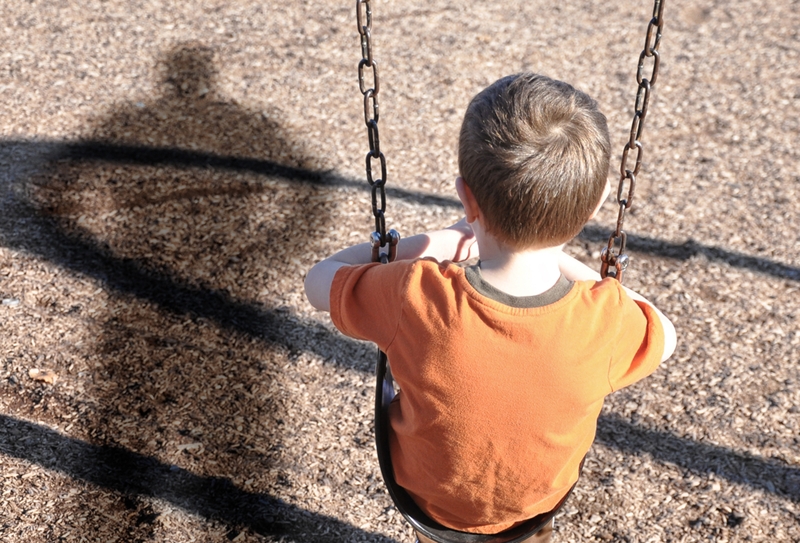Recognizing the symptoms of child abuse
Child abuse is hard to come to terms with. But even if it's difficult to think about, the fact remains that, according to Childhelp, an incident of child abuse is reported every 10 seconds. And there are other cases that go unreported each day.
As a child care provider, you are well-placed to notice signs of child abuse and may need to act on your suspicions to help ensure the safety of your students.
Physical symptoms of child abuse
Often times the most apparent signs of child abuse are physical. This is due both to the visual effects - such as bruises - and the fact that it is the most common type of abuse in children. Childhelp reported that physical abuse comprises 28.3 percent of cases. The remaining incidents are sexual abuse (20.7 percent), emotional neglect (14.8 percent), emotional abuse (10.6 percent), and physical neglect (9.9 percent).
According to the Mayo Clinic, physical signs of abuse can include the following:
- Injuries that don't make sense with the explanation offered
- Injuries that are not likely based on the age of the child, like bruises on infants who are not mobile
- Bruises, burns or other unexplained injuries

Behavioral indicators of child abuse
While physical symptoms are often the most apparent signs of abuse, they are not the only factors you should look for. Sometimes behavioral indicators will appear even if there are no bruises or other physical evidence of abuse present. Sudden behavioral changes, for example, often occur when kids are mistreated. Children who are abused often also withdraw from other students or activities that they used to enjoy.
Other emotional or behavioral symptoms include the following:
- Learning problems or difficulty concentrating without an apparent cause.
- Appears continually watchful, as if waiting for something bad to occur.
- Behaves in an overly compliant, withdrawn or passive manner.
- Reluctance to spend time around certain people.
Reporting child abuse
While these physical, emotional and behavioral symptoms may not necessarily be the result of abuse, they should be further investigated. Specific regulations vary by state, but teachers, principals, and other school personnel are legally required to report suspected abuse in 48 U.S. states, according to the Children's Bureau.
Talk to your supervisor about how your school handles suspected cases of child abuse. If a protocol is not already in place, look into the creation of one to ensure that all educators know how to respond if they suspect that a child is being abused. By taking appropriate action, you could save a life or help one of your fellow educators do so.
To learn more about protecting and providing the best care for your students, consider enrolling in online courses from ProSolutions Training.



